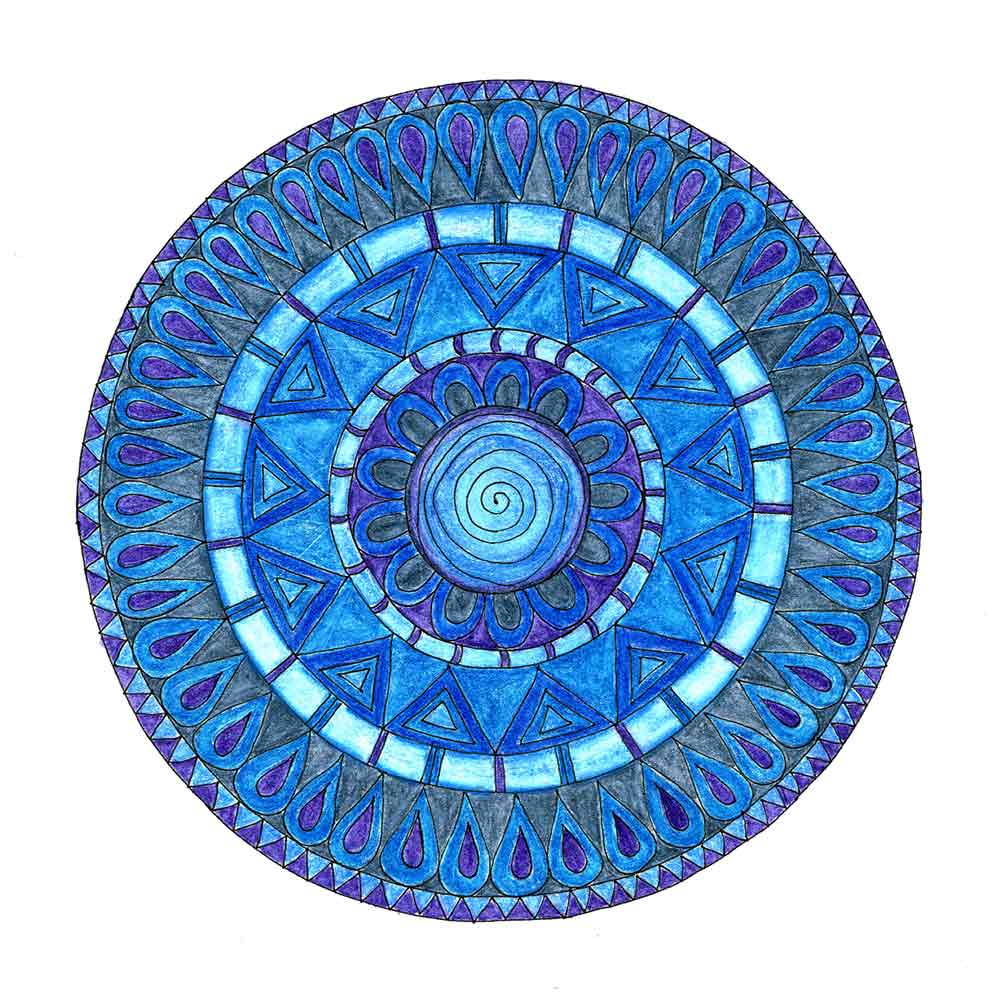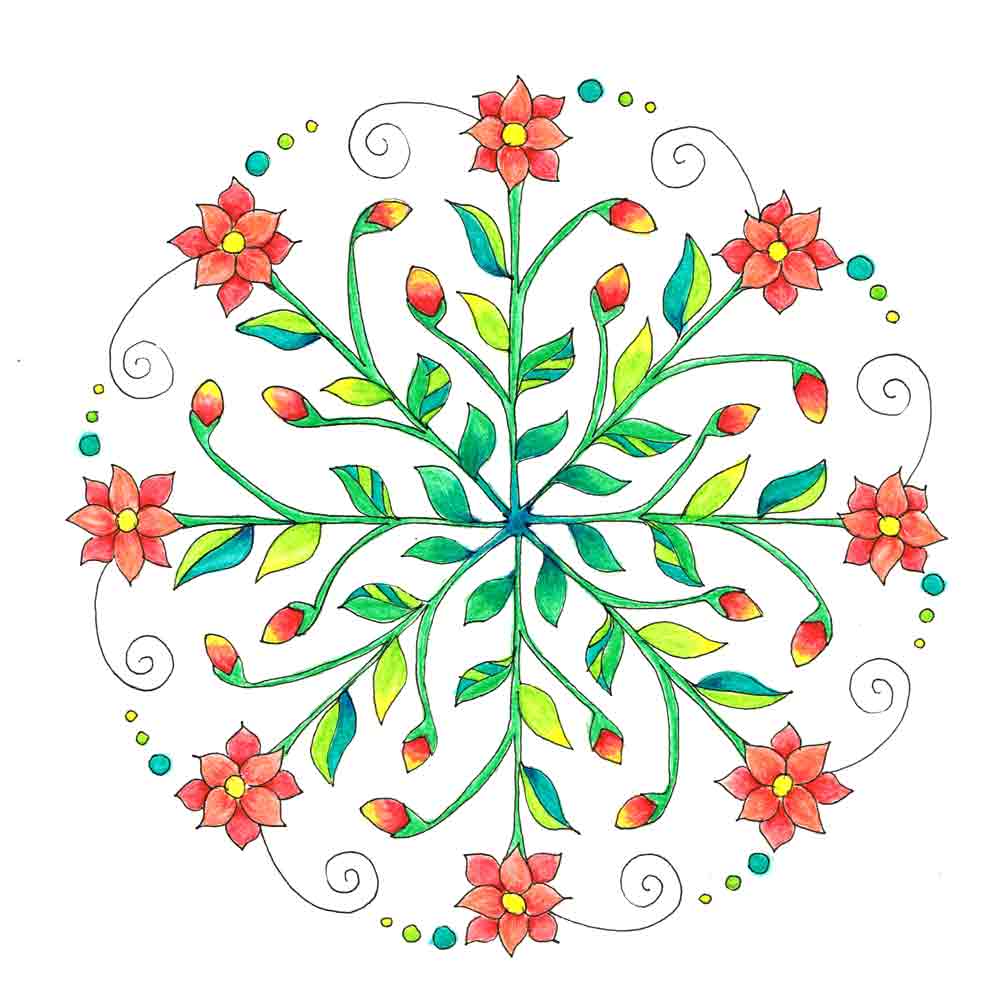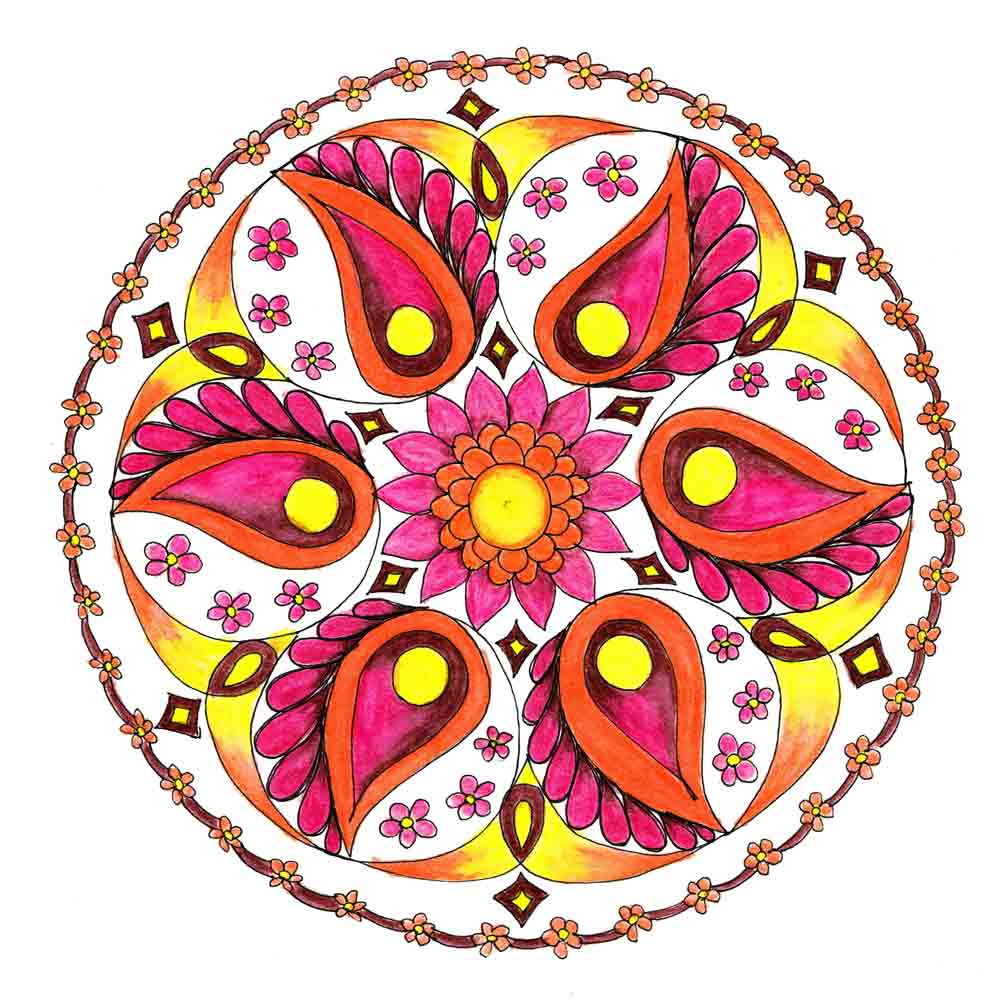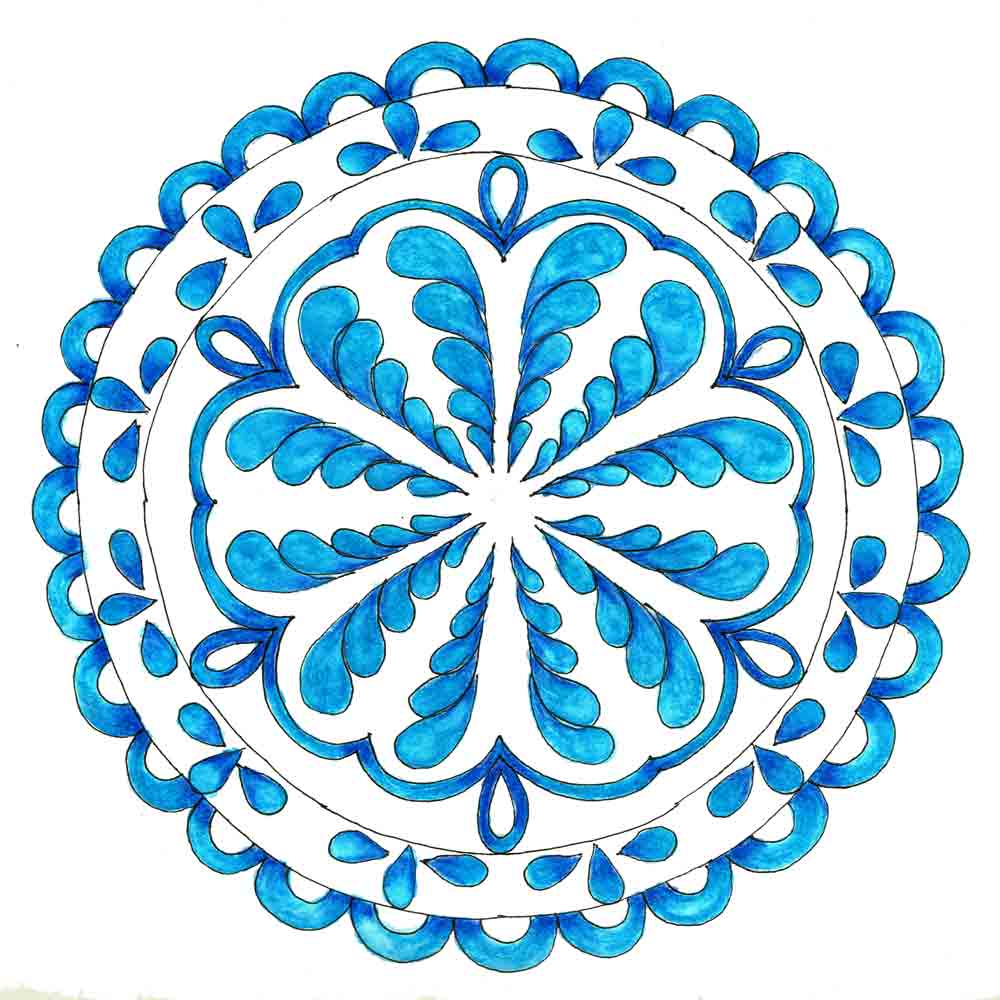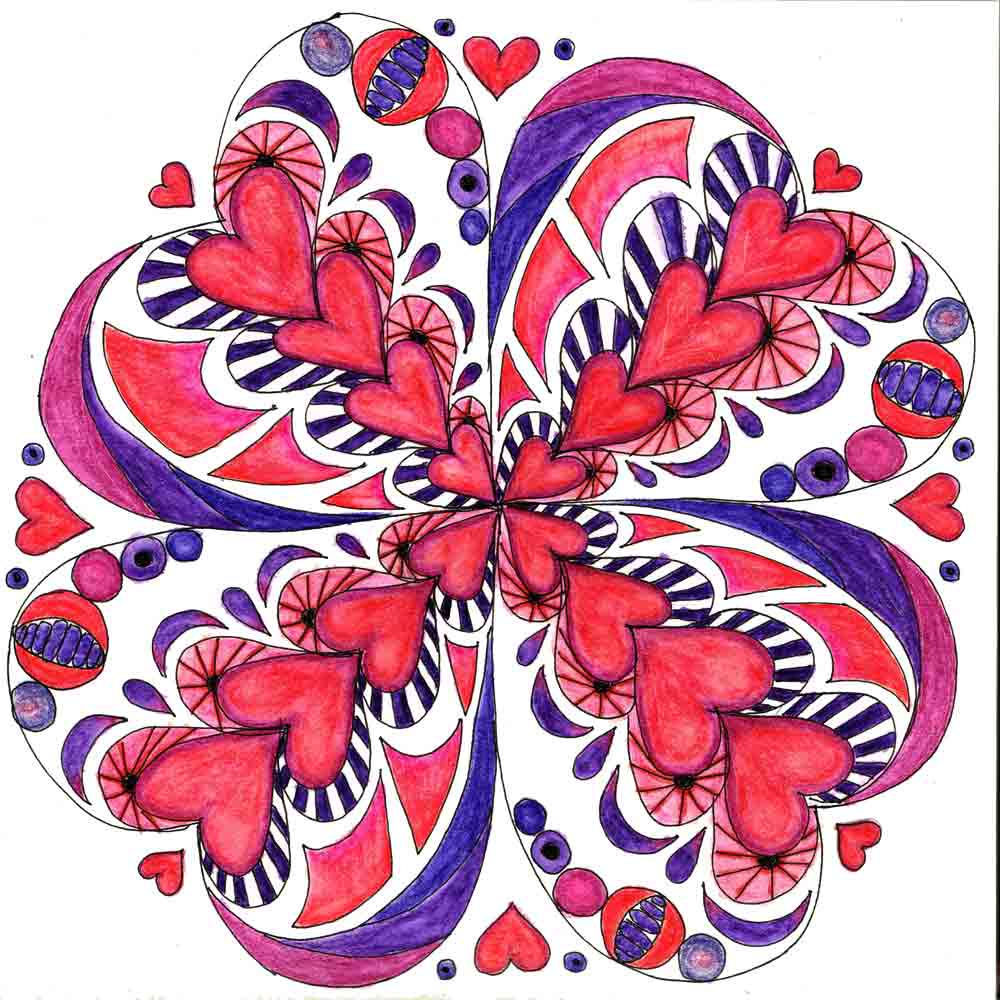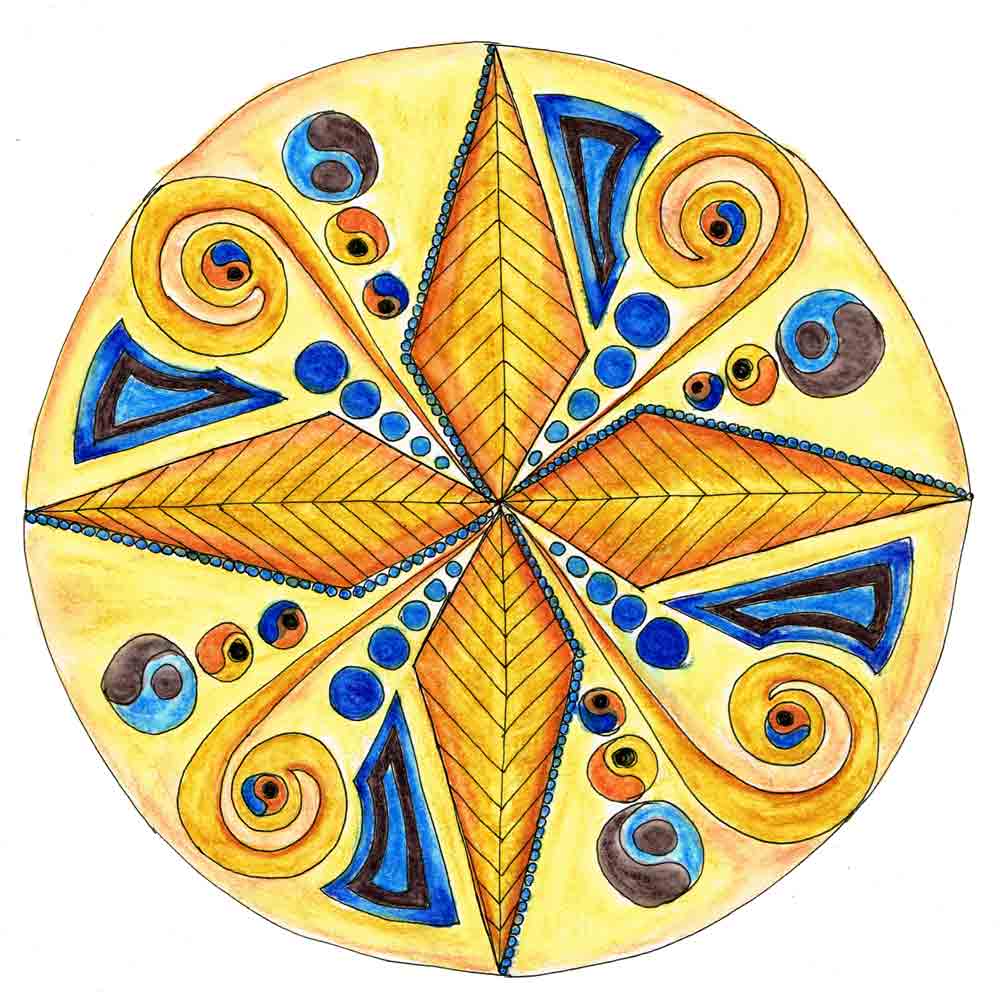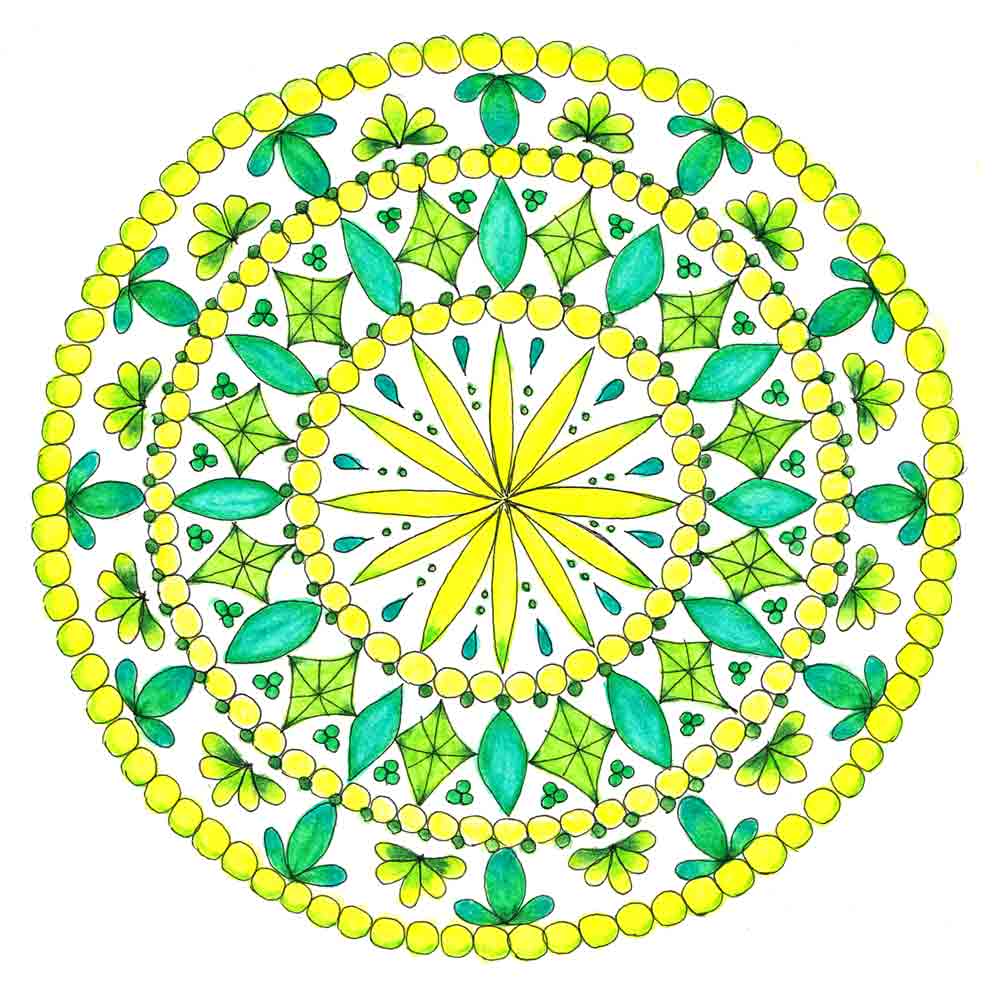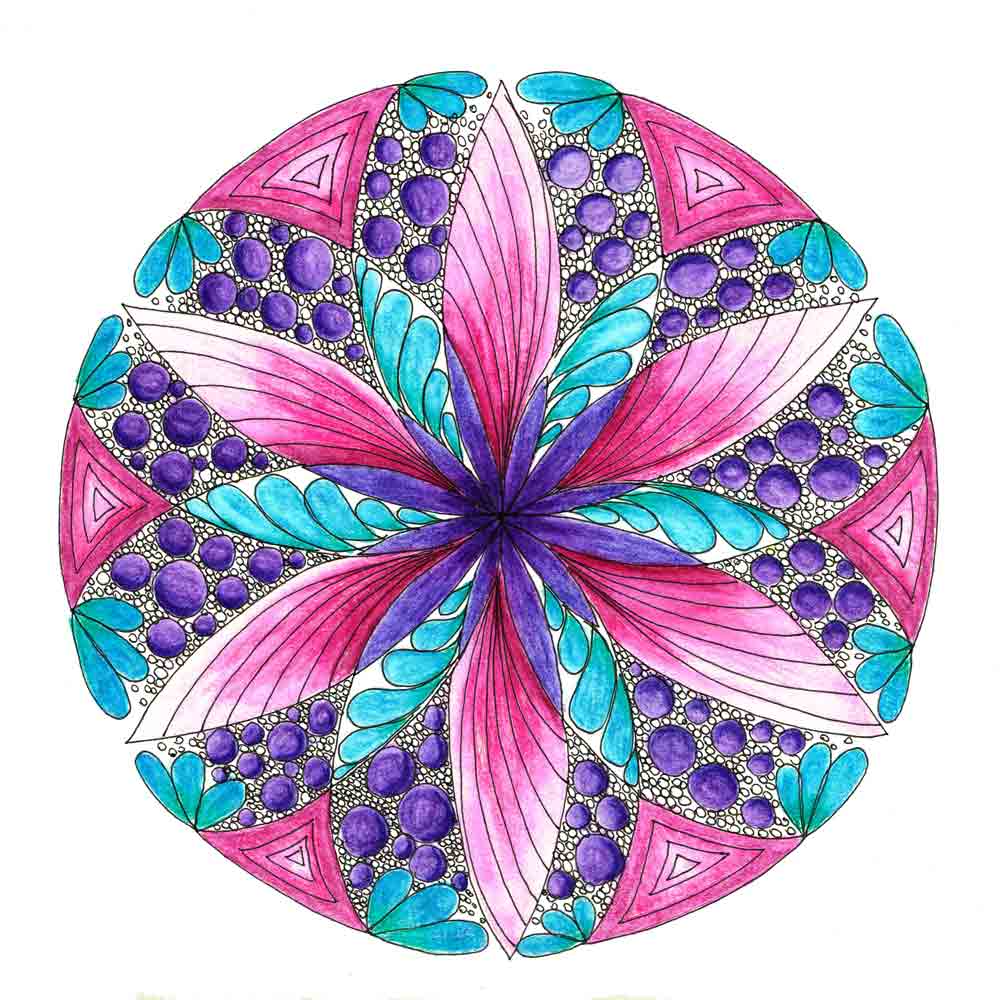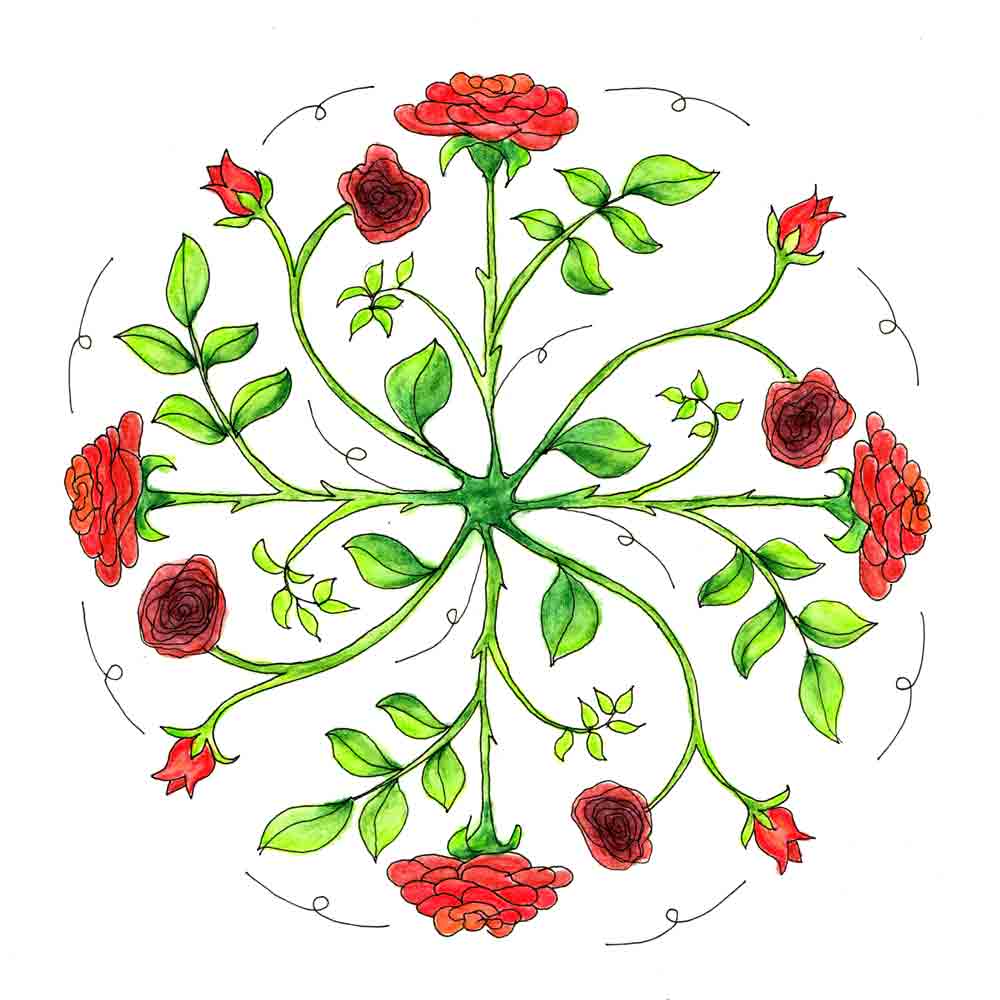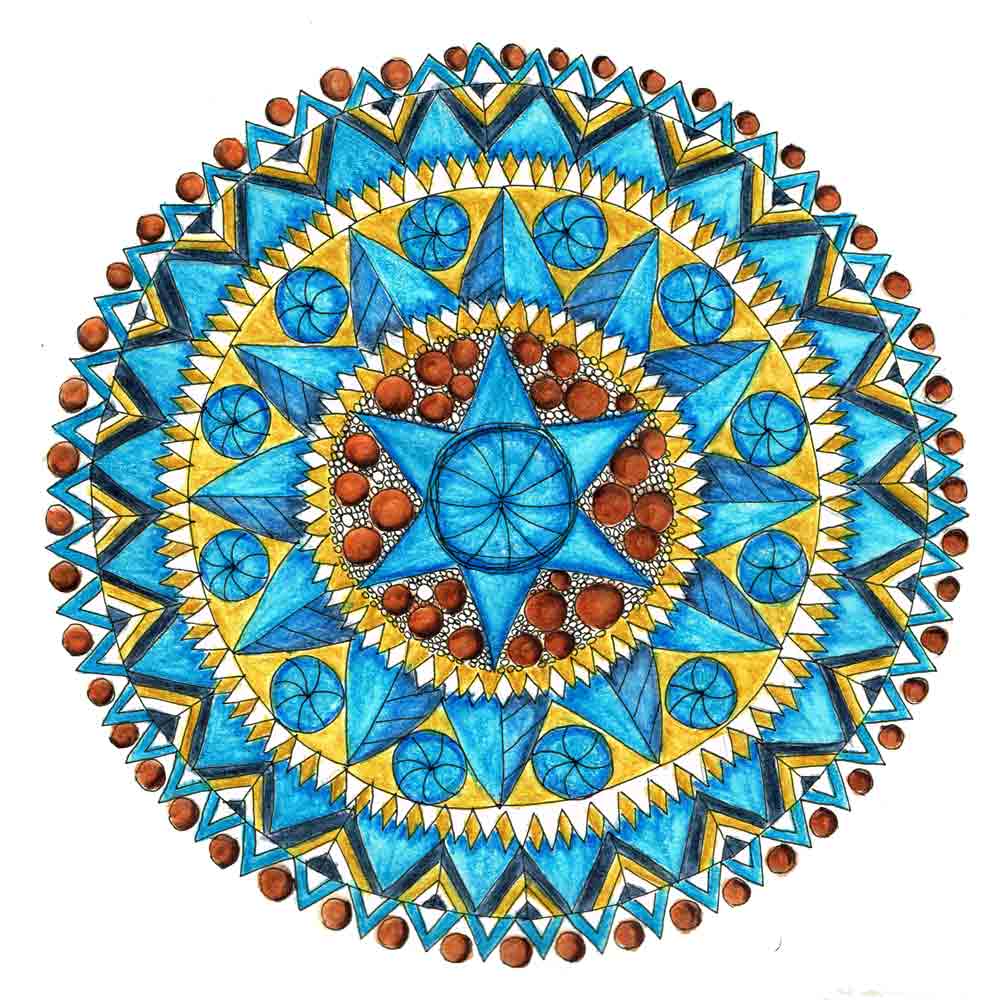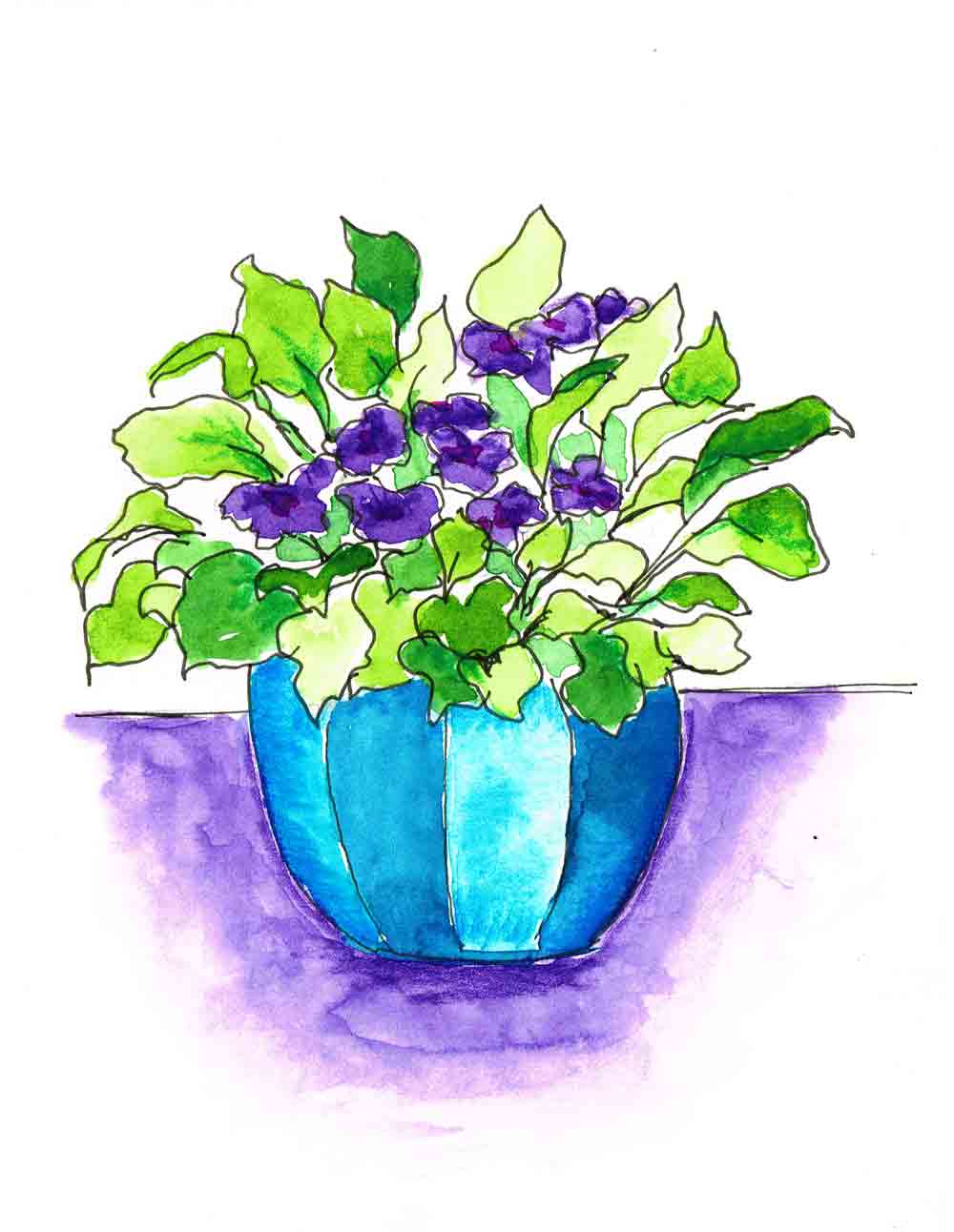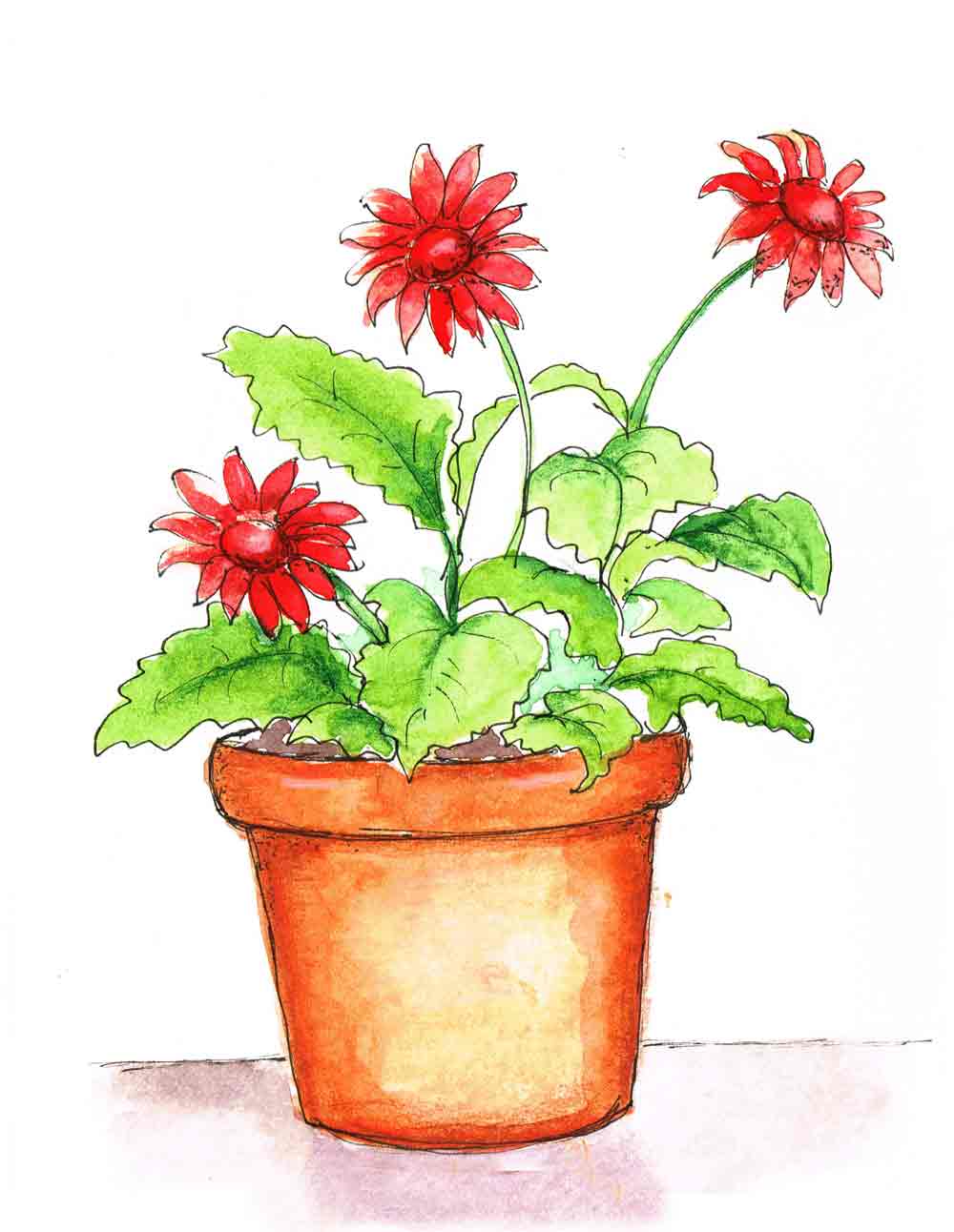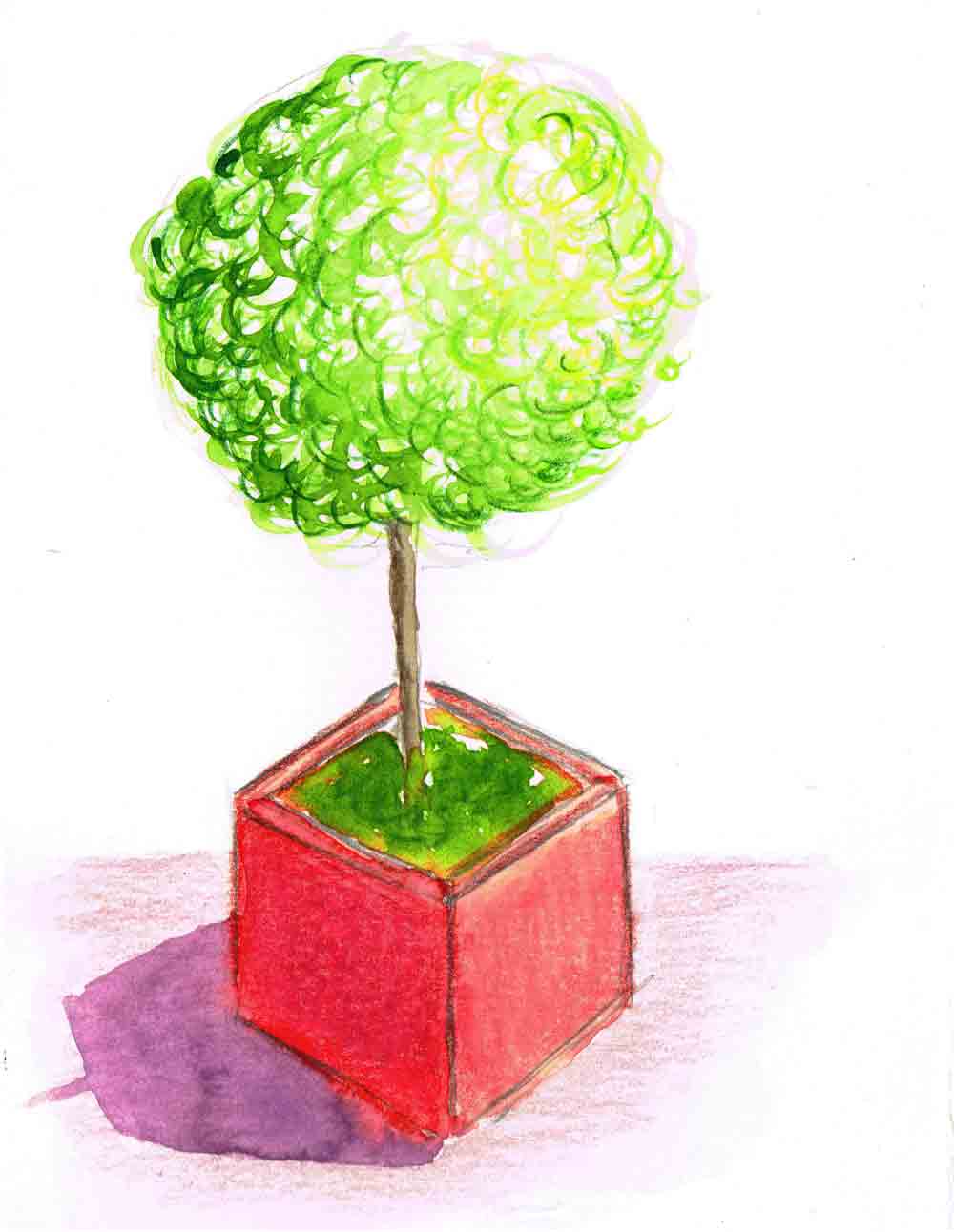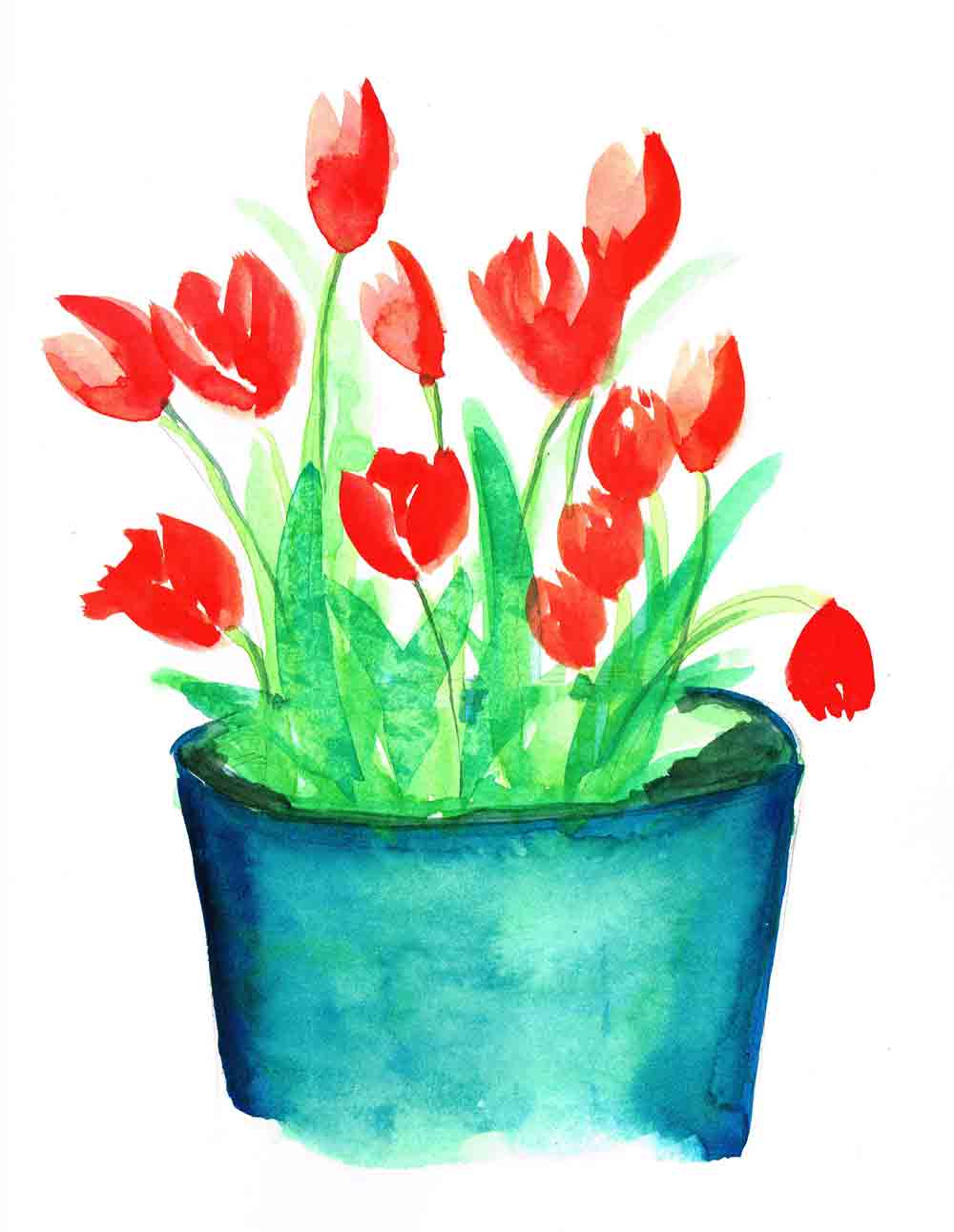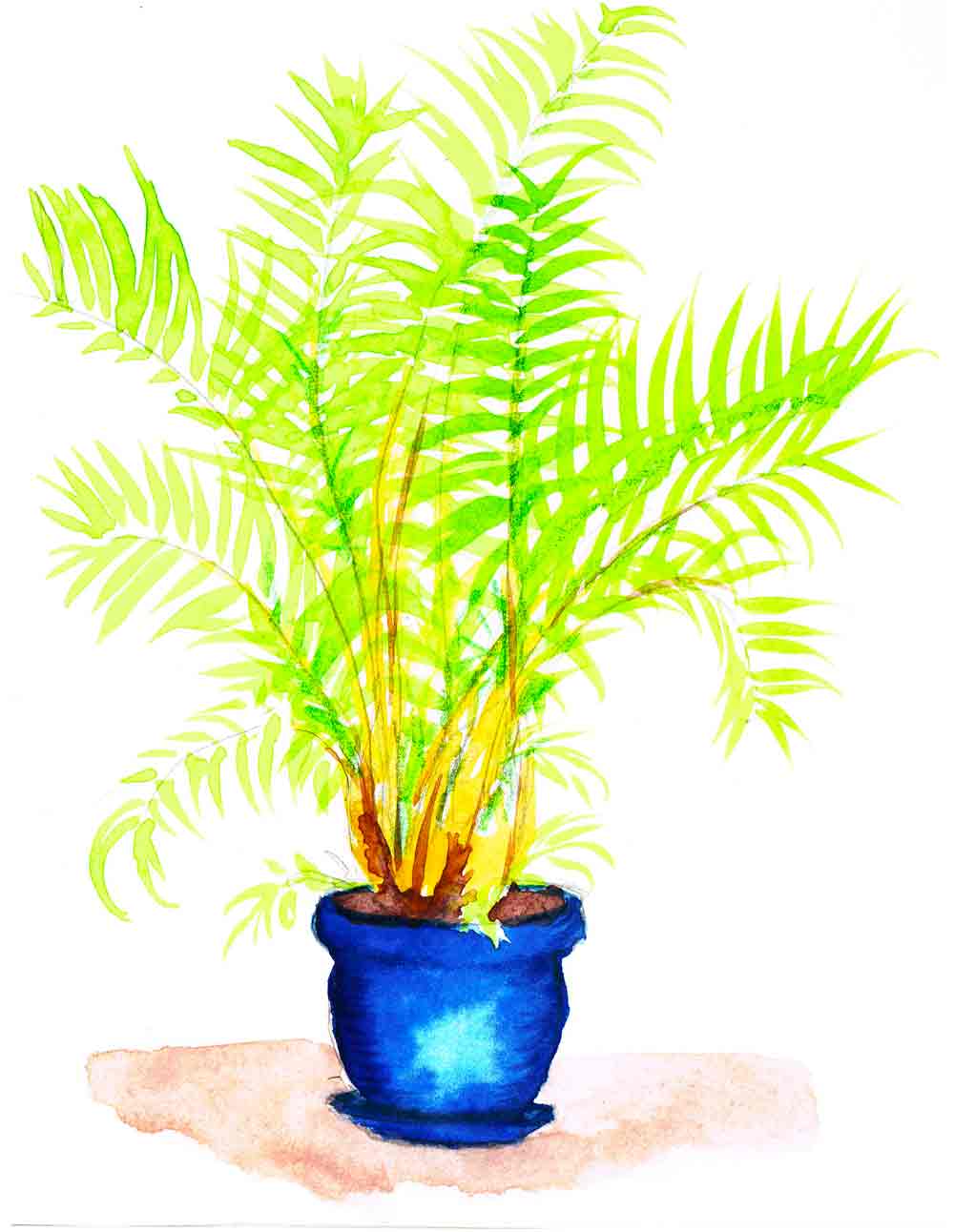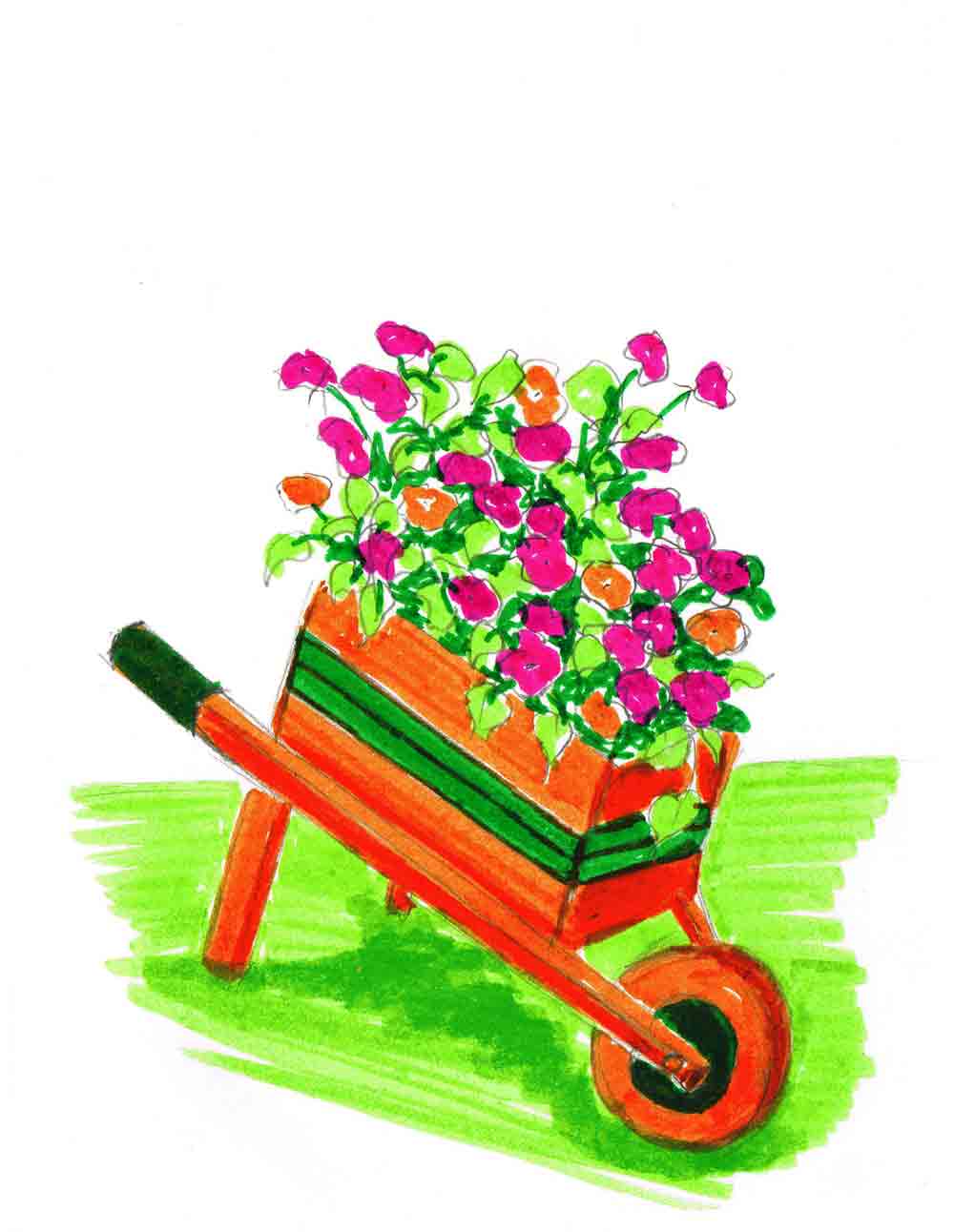Ever want to paint but just feel too….
tired,
under the weather,
busy?
One of the reasons I chose watercolour as a medium in the first place is because it requires very little in the way of supplies, set up and clean up. Even so, there are times when I simply can’t be asked to get off the couch, painting urges notwithstanding.
I’d say that happens to all of us.
Either way, what’s a busy painter to do?
How about this…
